Armband, Belt, Vest or Backpack: Which One Do I Choose?
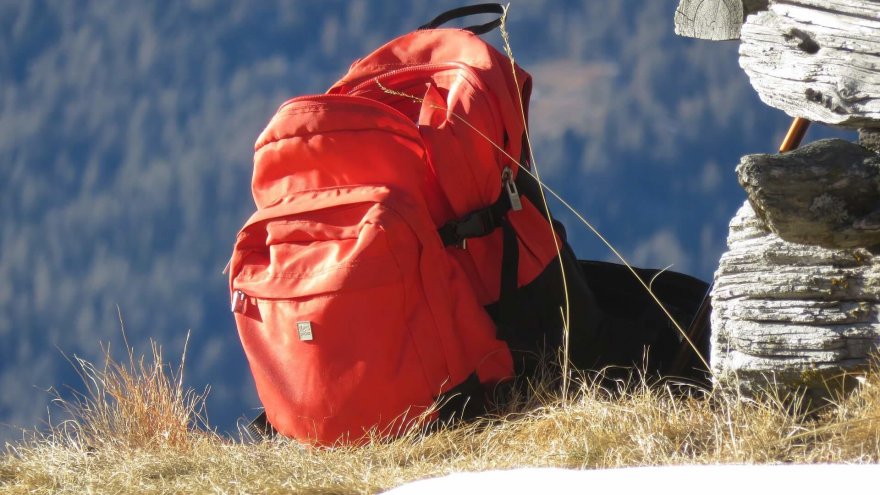
Ultra, Marathon, or half marathon training takes a lot out of us – and not just physically. The prep work, the amount of mental focus, and the sheer planning and logistics for each training run and then on race day can be overwhelming. Especially if you are new to the sport of running, it can be a real headache to navigate running nutrition and figure out a fueling plan for yourself all on your own. How many calories should I be taking in? How does my body weight, running pace, and metabolism play into all of it? What about hydration – should I drink water or an electrolyte sports drink, and how often and how much?
While we do not have the questions for those questions in THIS blog, (though you might find some helpful knowledge or answers here and here) we can provide you with some insight on how to best carry all of your fueling gels, salts, bottles, phone, and more. Follow along as we dive into the pros and cons of running with a a running armband, a running fuel belt, a running vest, and a running backpack and/or hydration pack.
Armband
Running armbands are an easy way to keep your phone and/or mp3 or music playing device handy, stow away your house key, and keep your credit card or cash bills safe. An armband is an easy solution for runners who are only interested in carrying along a few items with them on their runs.
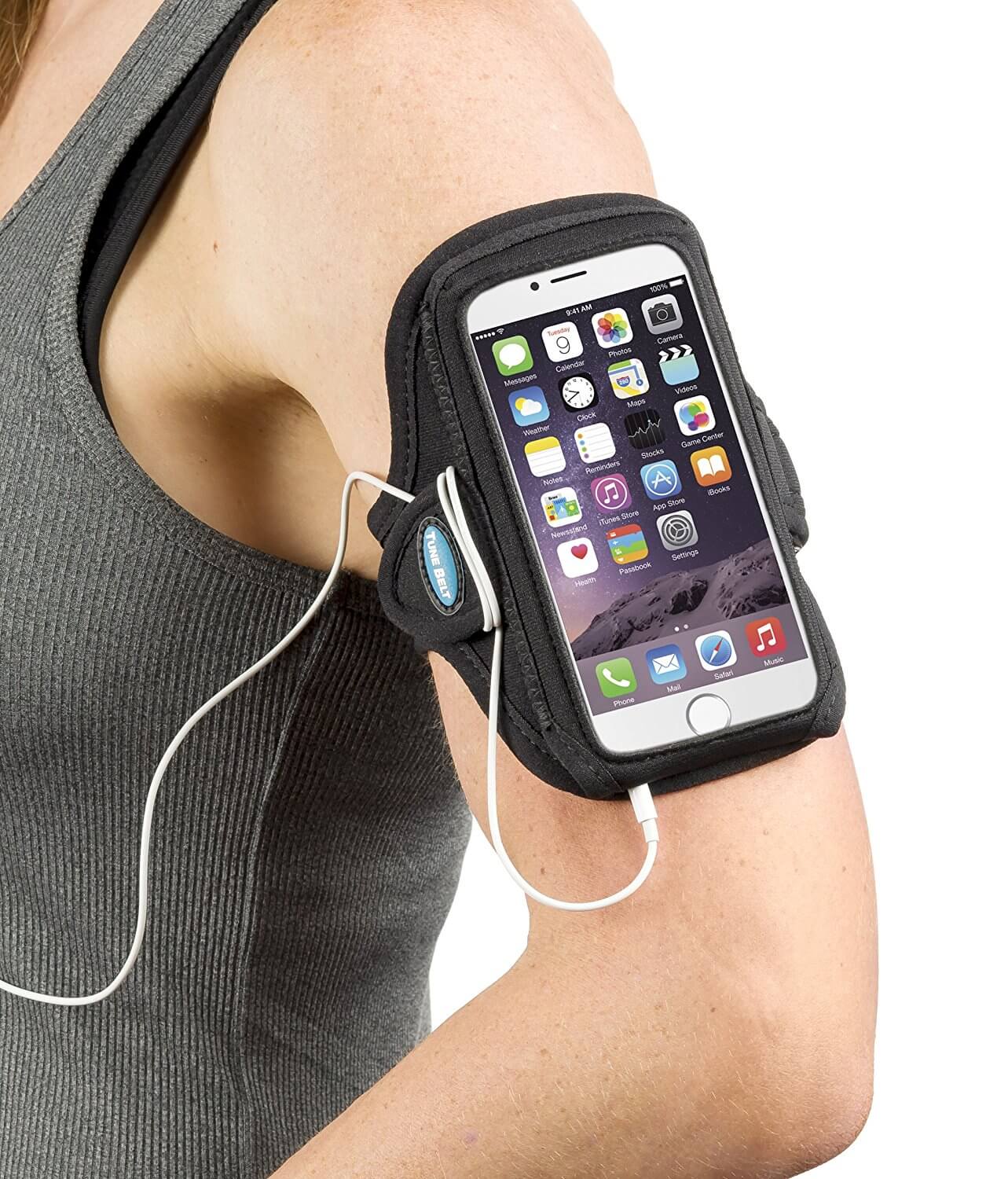
If you are training for a shorter distance, like a 5k, 10k, and maybe even a half marathon, then an armband would be the perfect solution for you, especially during your training runs. The downside of the armband is also what makes it great– its size. So, no, it probably is not the best solution for runners who need to be able to carry multiple packages of gels, Honey Stinger Waffles, or water bottles.
Armbands also irritate or annoy some runners, especially those who tend to keep their arms close to their sides when they run. If that is you, then you risk the armband causing some harsh friction and rubs or burns on your skin (especially if you are a sweater). And if the items you are stowing away in the armband are heavy, your arm may fatigue faster than your “free” arm that is not wearing the armband.
Running Belt
A running belt is a convenient solution for a lot of runners because it has so many compartments and pockets in which to store fuel and essentials, but does not add any unnecessary or annoying added weight on your back or to your arms. The weight from your water bottles, gels, and whatever else you decide to carry sits on your hips, which tend to hold weight more comfortably. And as long as you get a belt that fits your body and waist well, they tend to remain pretty still and will not slide around on you.
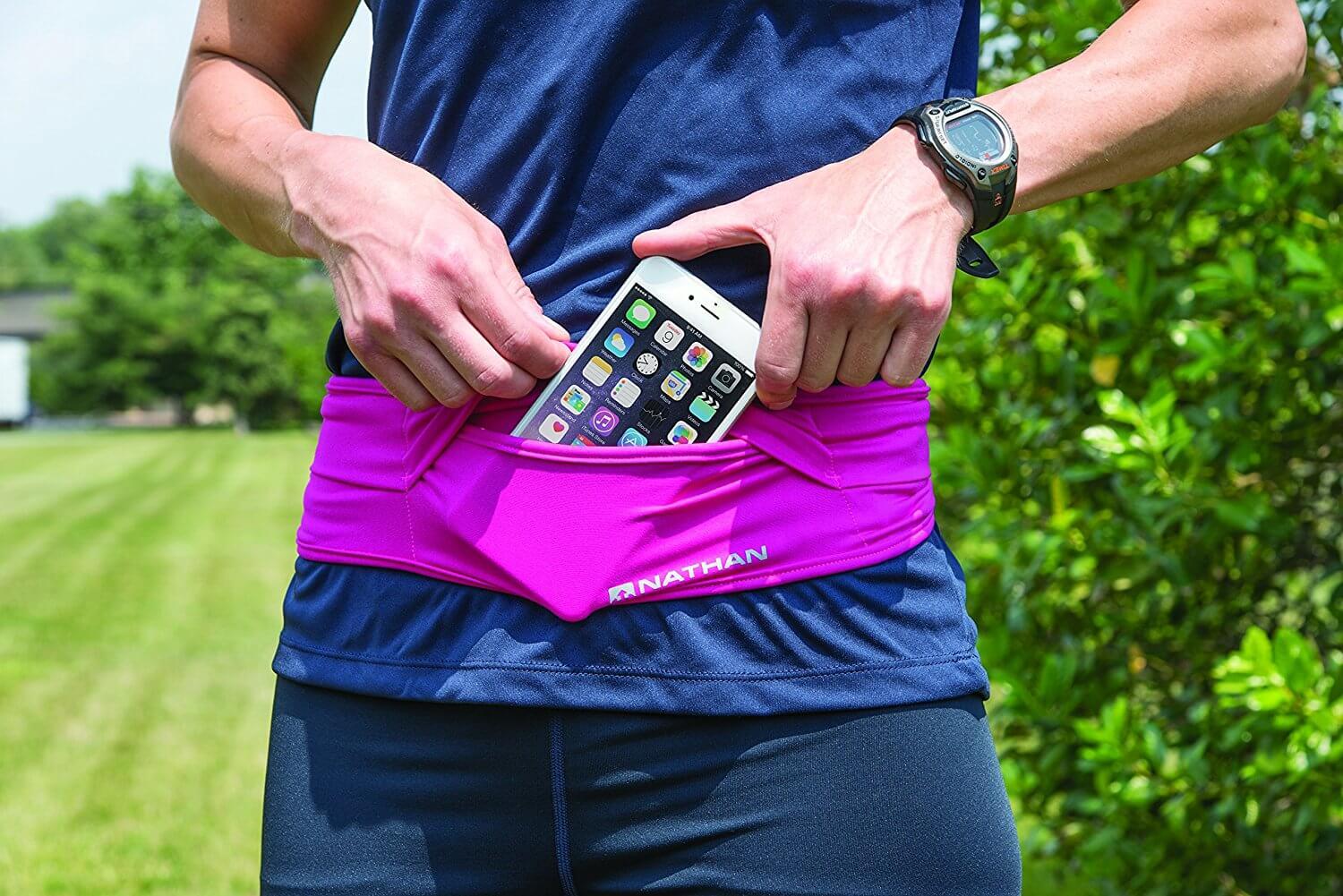
Most belts are also ingeniously designed so that bigger, bulkier items are kept on your lower back (as opposed to held close to your front) so they will not be as annoying, jiggle against you, or get in the way as much as you run.
One of the biggest drawbacks that runners note about the belt is that they typically only fit very small water bottles. While this might not be as big of a concern on race day because there will likely be plenty of hydration stations along the race route, the downside comes during your training. It will be those extra long training runs, especially if you are training for a fall race in the heat of the summer, that you will probably need to find an alternative way to access additional fluids to ensure you are kept properly hydrated.
Hydration Vest
A hydration vest is one of those items that, as a runner, you probably did not give much thought to until you started training and preparing for an ultra marathon (or until you signed up for a long distance race in the middle of summer in the South). Staying hydrated on long distance runs is crucial, especially with warmer temperatures in a dry climate. You can’t run your best without proper hydration, and so if you need to conveniently carry along along a lot of water, a hydration vest is probably your best bet.
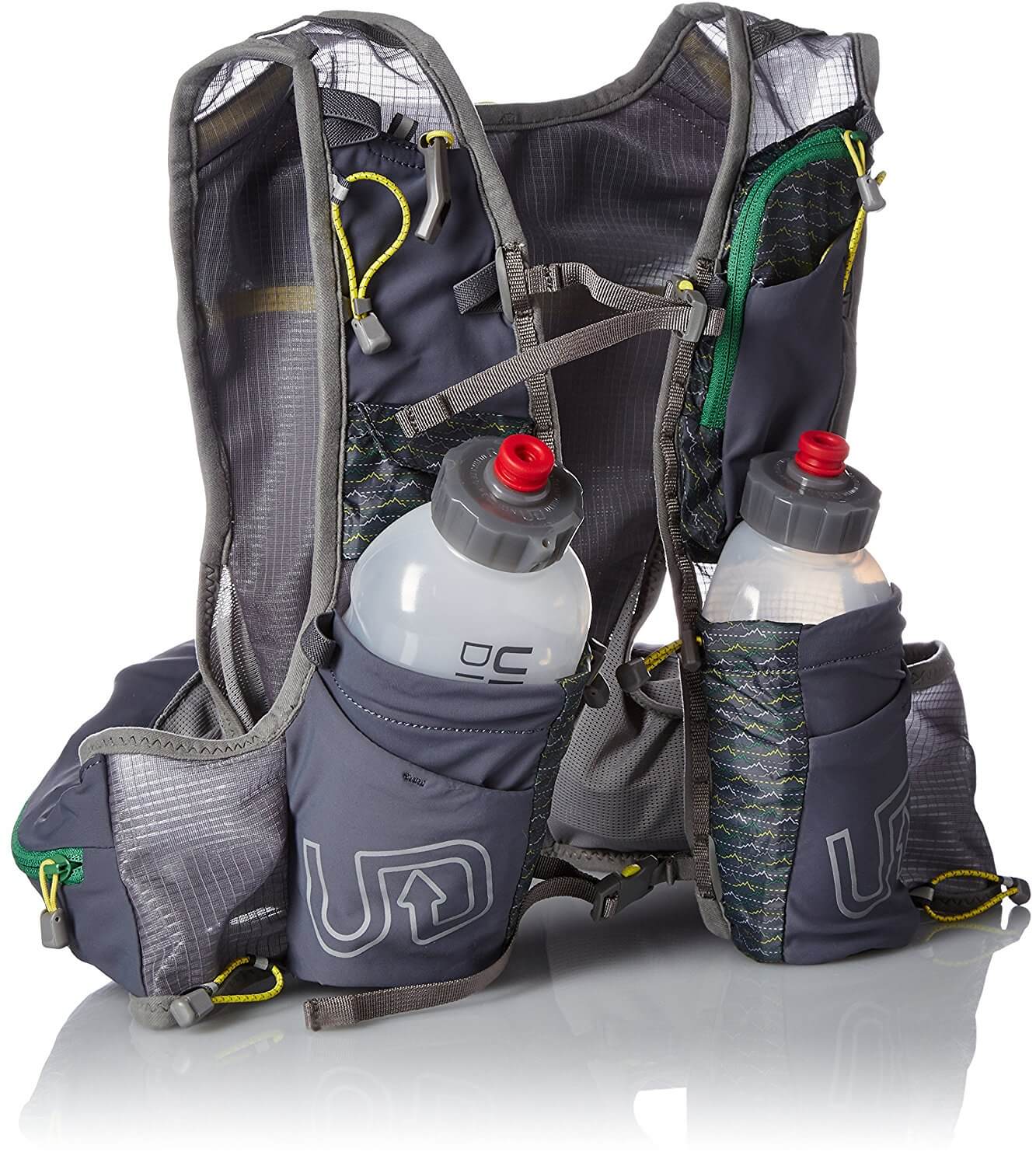
They often come with a bladder with a long straw that can be stored securely in back. Most hydration vests can carry well over 100 oz of fluids, so you don’t have to worry about stopping for water or finding an aid station when you are out on the trails. They also come with plenty of pockets to carry your other essentials.
The major downside for most is the added weight on your back, though it can be kept minimal depending on what you choose to bring along and how much water you want to fill your bladder and bottles with. They can also get quite expensive, though it is worth it to invest in one that is higher quality, so that the straps are less likely to chafe or become loose over time and the bladders and bottles are made from more durable materials and will hold up through rough conditions.
Backpacks
Running backpacks aren’t for the faint of heart. Only the most committed endurance runners tend to go the running backpack route (although, for hikers, it’s pretty much an essential). Backpacks are great because they pretty much carry everything you could possibly need on a run- and then some. For those crazy long, hard ultra trail marathons that are going to require not only fuel and the essentials, but extra clothes, rain gear, and a basic first aid kit. And as long as you purchase a tightly-fitted pack that sits close to your skin and doesn’t easily loosen, you won’t really have to worry about too much jiggling around (which can definitely get very annoying, very fast).
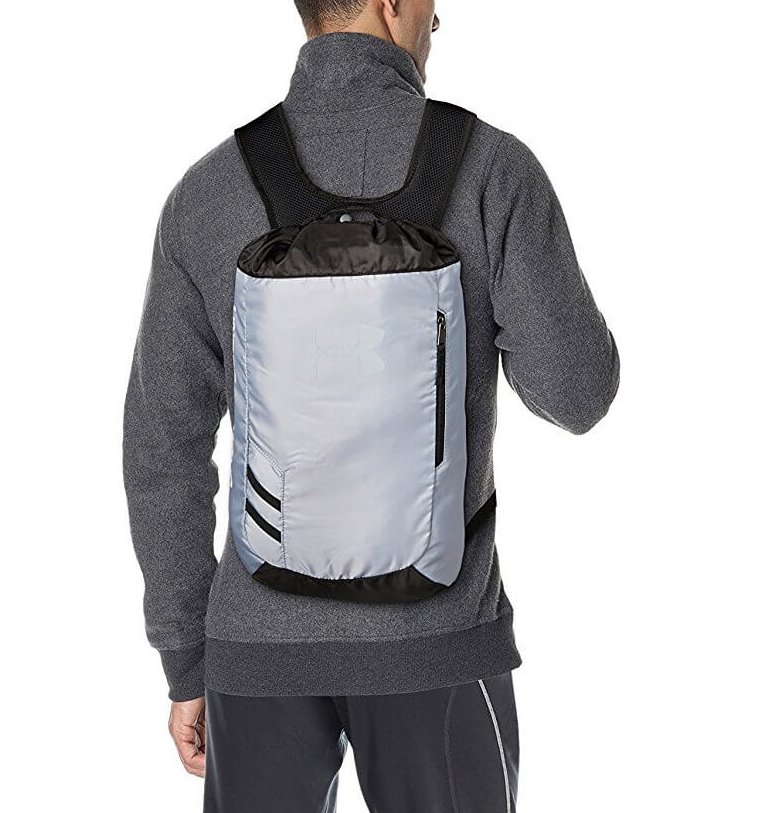
The major downsides are the large size (some runner get easily irritated at having something on their backs during runs), the added weight as well as the discomfort that can come with warmer weather, and the fact that decent running backpacks tend to get pretty pricey.
Latest Articles
 Is Running on a Treadmill Easier Than Running Outside?Runners have their own preferences, whether it is treadmill running, running outside on the road, or exploring trails. So...
Is Running on a Treadmill Easier Than Running Outside?Runners have their own preferences, whether it is treadmill running, running outside on the road, or exploring trails. So... Is It OK to Use Trail Running Shoes on the Road?While trail running shoes can be used on roads, especially in situations where a runner encounters mixed terrains or pref...
Is It OK to Use Trail Running Shoes on the Road?While trail running shoes can be used on roads, especially in situations where a runner encounters mixed terrains or pref... How to Fix Sore Quads After Running?Rest, ice, gentle stretching, and over-the-counter pain relievers can help soothe sore quads after running. Also, ensure ...
How to Fix Sore Quads After Running?Rest, ice, gentle stretching, and over-the-counter pain relievers can help soothe sore quads after running. Also, ensure ... 10 Fruits With The Most Electrolytes to Replace Sports DrinksThese fruits are high in electrolytes such as potassium, magnesium, and calcium, essential for hydration, muscle function...
10 Fruits With The Most Electrolytes to Replace Sports DrinksThese fruits are high in electrolytes such as potassium, magnesium, and calcium, essential for hydration, muscle function...

